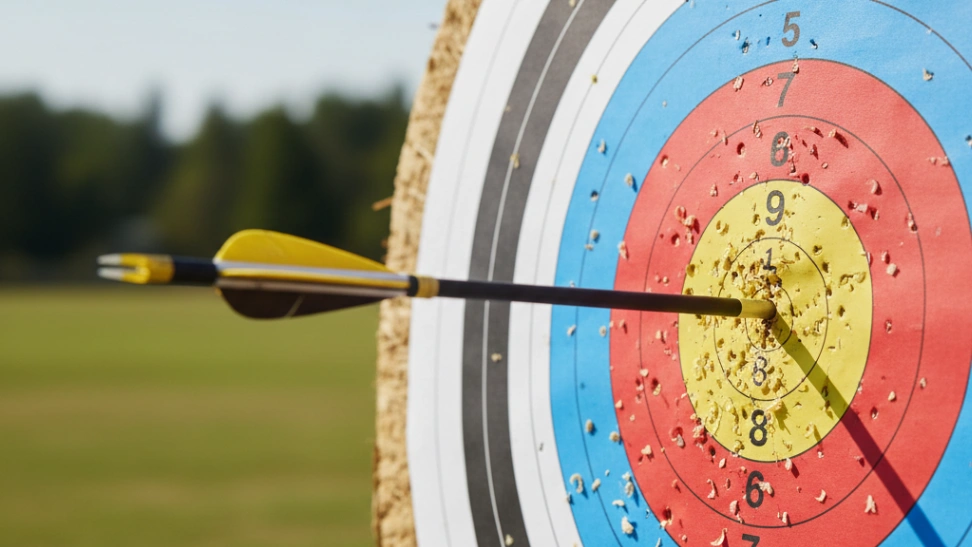The history of cycling is a fascinating journey that mirrors human ingenuity and the pursuit of efficient locomotion. The earliest precursor to the modern bicycle was the "laufmaschine" or "running machine," invented by Karl von Drais in Germany in 1817. This two-wheeled contraption, propelled by pushing one's feet against the ground, lacked pedals but ignited the imagination of inventors. Decades later, in the 1860s, pedals were added, leading to the "velocipede" or "boneshaker," which, despite its uncomfortable ride due to rigid frames and iron tires, gained popularity. The late 19th century saw rapid evolution, with innovations like rubber tires, chain drives, and geared mechanisms. The "penny-farthing" with its massive front wheel dominated briefly, only to be supplanted by the "safety bicycle" in the 1880s, which featured equally sized wheels, a chain drive to the rear wheel, and pneumatic tires, making it much safer and more accessible. This design closely resembles the bicycles we ride today, revolutionizing personal transportation and recreation worldwide. The 20th century brought further refinements in materials, aerodynamics, and gearing systems, transforming cycling into a professional sport and a global pastime, continuing to evolve with the advent of electric bikes and advanced smart technologies in the 21st century.
Modern cycling offers an incredible array of disciplines, catering to diverse interests and fitness levels. Road cycling, perhaps the most recognizable, involves riding lightweight bikes on paved surfaces, ranging from casual fitness rides to competitive racing like the Tour de France. Mountain biking takes riders off-road onto rugged trails, demanding technical skill and robust equipment to navigate roots, rocks, and steep descents. Gravel cycling combines elements of both, using bikes designed for speed on unpaved roads and light trails, opening up vast networks of scenic routes previously inaccessible to road bikes. Urban commuting utilizes practical bikes built for durability and comfort in city environments, often featuring racks for cargo. Beyond these, there are BMX for stunts and racing, track cycling for speed in velodromes, touring for multi-day adventures, and tandem cycling for shared experiences. Each discipline requires specific gear and develops a unique set of skills, but all share the fundamental joy of propulsion on two wheels.
The benefits of cycling extend far beyond physical fitness, though that is undoubtedly a major draw. As a low-impact aerobic exercise, it strengthens cardiovascular health, builds leg and core muscles, and can aid in weight management without putting excessive strain on joints. Mentally, cycling is a powerful stress reliever; the rhythmic motion, coupled with the opportunity to explore new environments, can clear the mind and boost mood, often leading to a meditative state. It encourages a sense of independence and adventure, allowing riders to cover significant distances and discover hidden gems in their local area or far-flung destinations. Environmentally, choosing a bicycle over a car reduces carbon emissions, traffic congestion, and noise pollution, contributing to healthier, more sustainable communities. It also fosters a deeper appreciation for nature and the outdoors, as riders are immersed in their surroundings rather than simply passing through them.
Cycling is also a deeply social activity, boasting a vibrant global community. Local cycling clubs, group rides, and organized events provide opportunities to connect with like-minded individuals, share knowledge, and build camaraderie. From casual weekend meet-ups to charity rides and competitive races, there are countless ways to engage with fellow cyclists. These communities often offer support, encouragement, and a sense of belonging, making the hobby even more rewarding. Furthermore, the cycling industry continually innovates, producing new technologies, materials, and accessories that enhance the riding experience, from lightweight carbon fiber frames and advanced electronic shifting systems to sophisticated navigation devices and safety gear, ensuring that the hobby remains dynamic and exciting for both newcomers and seasoned riders alike.



